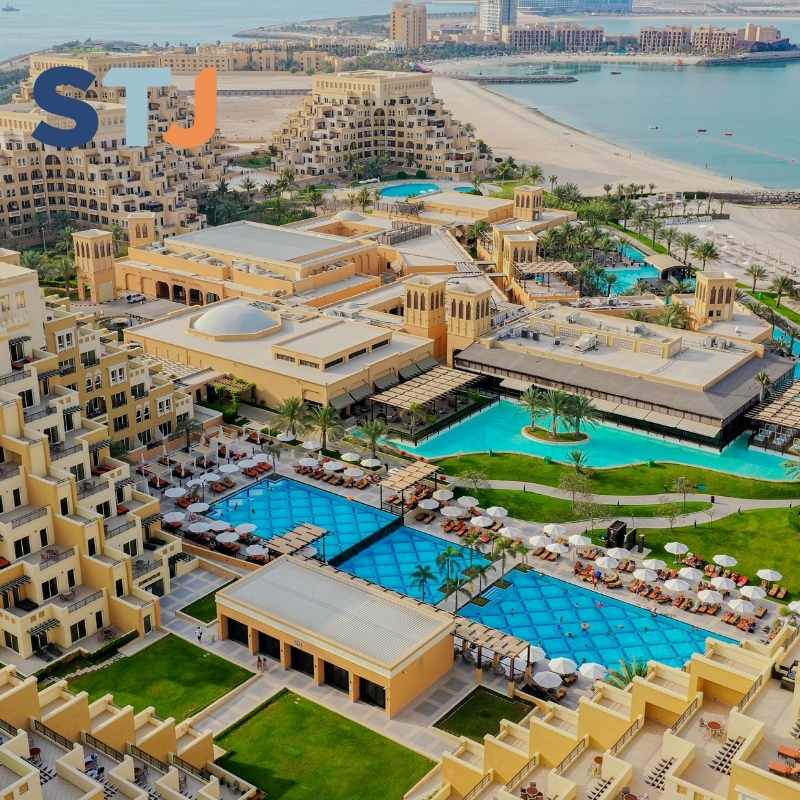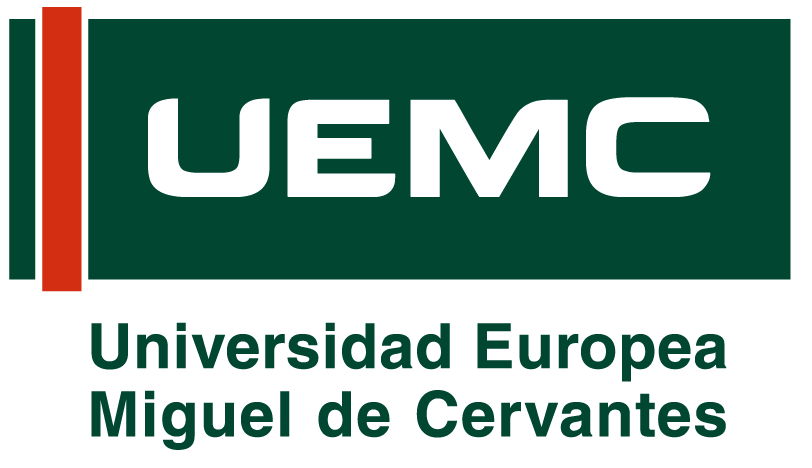By Sam Rippon.
While the UAE’s tourism spotlight is often dominated by Dubai’s glittering skyline and Abu Dhabi’s cultural landmarks, a quieter yet ambitious emirate is steadily crafting its own identity. Ras Al Khaimah (RAK), renowned for its rugged mountains, expansive deserts, and pristine beaches, is fast becoming one of the region’s most intriguing travel destinations.
In an exclusive interview, Iyad Rasbey of the Ras Al Khaimah Tourism Development Authority (RAKTDA) outlined a vision to “position RAK on the world tourism map” over the next decade. While neighbouring emirates boast futuristic cities, Ras Al Khaimah plays to its natural strengths: Jebel Jais, the UAE’s highest peak; 68 km of unspoiled coastline; and desert landscapes ideal for adventure tourism.

“What makes the UAE unique is that each emirate complements the others,” Rasbey explained. “We don’t compete with Dubai or Abu Dhabi, we differentiate ourselves.” From the world’s longest zipline to scenic hiking trails, historic date farms, and even the only operational pearl farm in the UAE, RAK is clearly carving out its own niche.
For thrill-seekers and nature lovers, Jebel Jais is an attraction within an attraction, boasting 94 miles of hiking trails and adventurous plans for paragliding and hot air balloon rides. Meanwhile, families are catered for through resorts with dedicated kids’ clubs, pools and waterparks, making RAK a well-rounded destination for all kinds of travellers. Couples, too, are drawn to the romantic mountain wadis and desert escapes.
The emirate’s rebranding in 2022 marked a pivotal moment. Its new visual identity integrates its three core elements: desert, mountains, and sea. This was part of a broader strategy that positioned RAK as a destination for a wide range of travellers, families, solo adventurers, and couples alike. Collaborations with global influencers and participation in international tourism expos in London, Berlin, and Prague have further strengthened its global presence. Notably, RAKTDA has even partnered with Musandam in Oman, allowing visitors to experience both locations using RAK’s infrastructure, creating a rare cross-border tourism experience in the Gulf region.
As Rasbey put it, RAK’s tourism strategy is about “offering what the other emirates can’t, tranquillity and a deep connection to nature, within an hour of Dubai.” Accessibility is improving with the expansion of Ras Al Khaimah International Airport, now connected to 11 cities across Europe and Asia, and serving as a growing hub for Air Arabia. Plans to add another terminal are in discussion, reflecting a strong push to boost capacity and direct international arrivals.
RAK’s attractions are rapidly diversifying. While the zipline remains a standout, upcoming projects include hot air balloon rides, paragliding over Jebel Jais, and yellow boat tours. A particularly exciting development is the creation of eco-lodges atop the mountains, which will use locally sourced products and involve surrounding communities, furthering RAKTDA’s commitment to sustainable tourism.
“Nature is at the heart of our tourism philosophy,” Rasbey emphasised, citing RAK’s certification from EarthCheck, the first of its kind in the region. New developments must adhere to environmental benchmarks, reflecting a long-term strategy that looks beyond oil. Initiatives already in motion include the use of solar and wind power, and partnerships with local farms. By integrating sustainability into its tourism master plan, RAK aims to lead by example among developing destinations.
Inclusivity is another cornerstone of the emirate’s approach. In collaboration with Stage Inclusion, RAKTDA has begun auditing hotels and attractions to ensure they are accessible for visitors with special needs. “We want to be an emirate for everyone,” Rasbey said. The first round of audits was successful, but further consultancy is ongoing to continue improving access across the sector.
RAK is also closely tracking evolving travel trends. In the wake of the pandemic, it became one of the first destinations to reopen, capturing a wave of new international visitors. “We welcomed thousands,” Rasbey noted, “and that opened up an entirely new market.” All-inclusive holiday packages have surged in popularity, particularly among Saudi tourists who previously opted for private villas but are now exploring broader local experiences.
Perhaps the most ambitious project on the horizon is the planned casino resort, which has sparked considerable interest across the region. Rasbey clarified its role: “Our ambition is to welcome 3.5 million visitors by the end of the decade. A casino is just one more amenity, like a spa or a fine dining experience.” He stressed that Ras Al Khaimah will continue to reflect a balance between modern luxury and traditional Emirati culture.
“Emiratis are a welcoming people,” he added. “We’ve always been on trade routes, and tourism is a continuation of that legacy. It’s not just about grand projects; it’s about offering an authentic way of life.” Far from becoming “another Dubai,” Ras Al Khaimah is deeply committed to preserving its heritage through UNESCO world heritage sites and local initiatives that promote traditional crafts, cuisine, and architecture.
When asked what truly makes Ras Al Khaimah unique, Rasbey didn’t hesitate: “The people. Yes, we have mountains, desert, and sea, but it’s the community that gives RAK its soul.” The emirate’s strength, he suggested, lies in its ability to modernise while still honouring the values and warmth of its people.
As for a hidden gem? Forget swimming with dolphins, RAK invites visitors to swim with camels. It’s this delightful mix of authenticity and novelty that sets the northernmost emirate apart in the UAE’s increasingly competitive tourism landscape. Add to that a growing food scene featuring traditional Emirati restaurants and desert-style dining, and it’s clear that Ras Al Khaimah offers far more than postcard-perfect views.
Ras Al Khaimah isn’t just rising, it’s redefining what tourism in the UAE can be: sustainable, inclusive, and rooted in both nature and heritage.
This article is part of the practical work carried out by the students of the Master’s in Travel Journalism.

